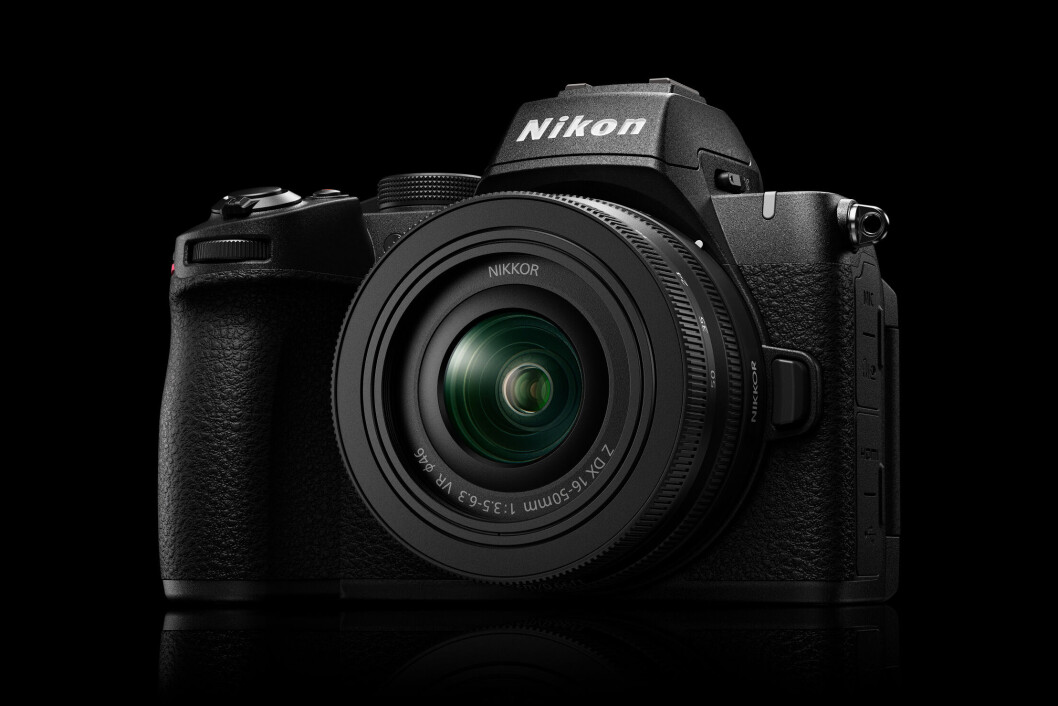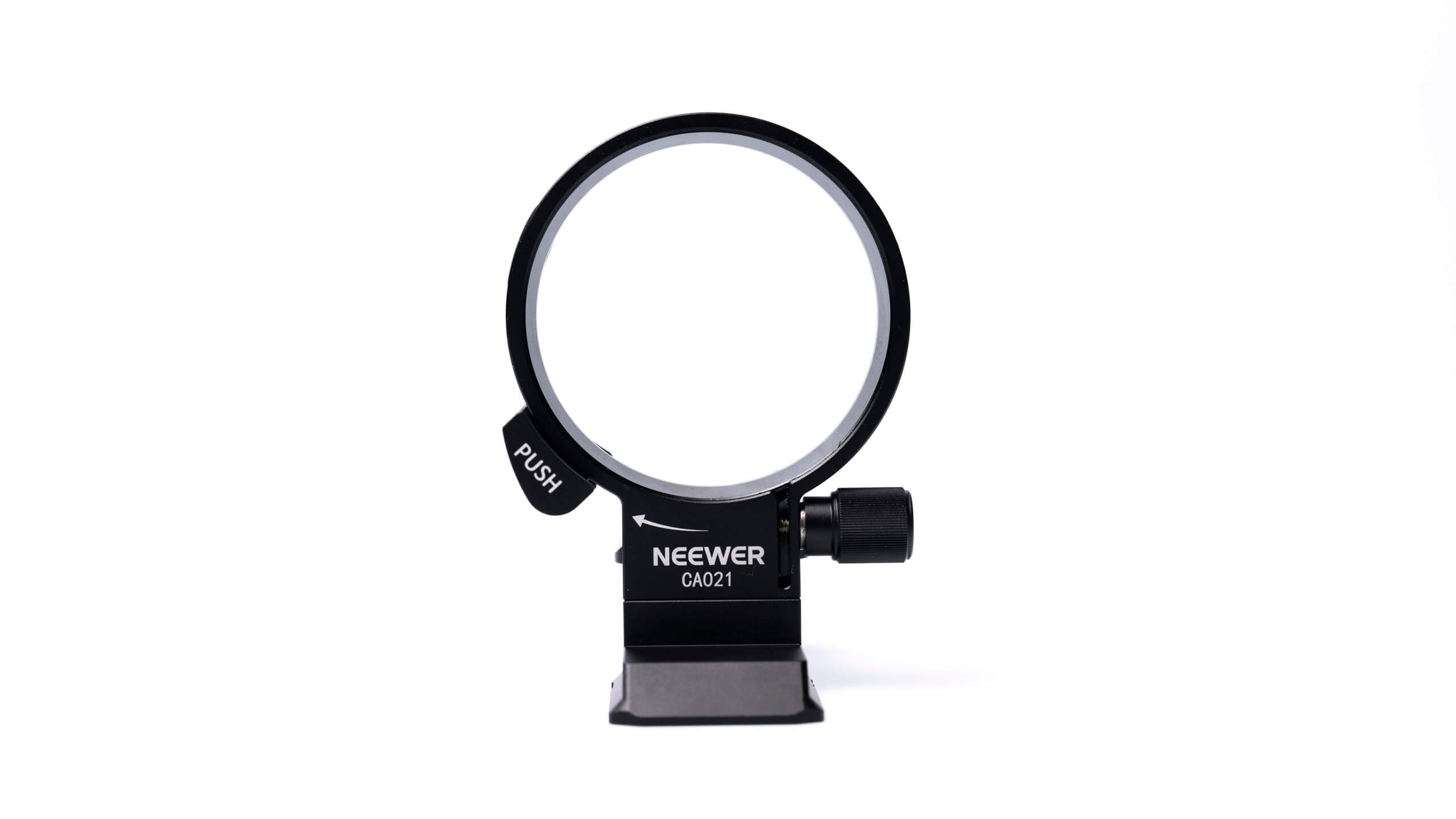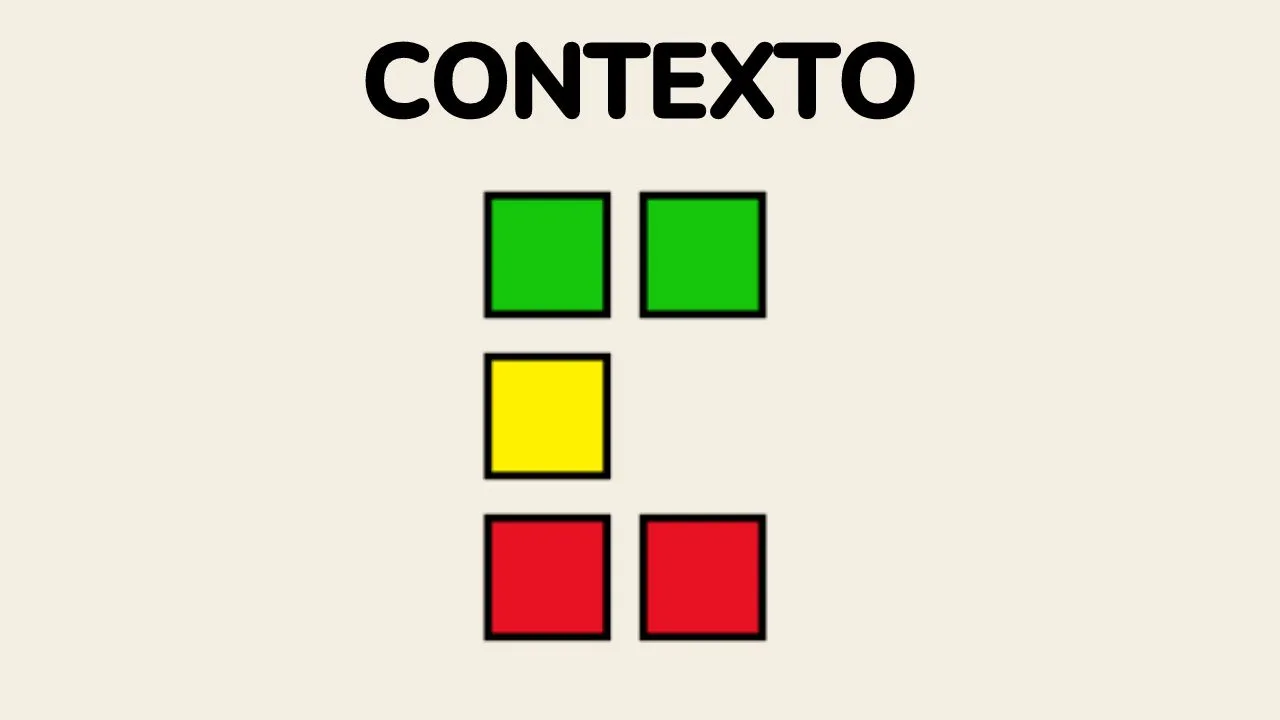Why the Chase Sapphire Preferred is more than just a starter card
Editor’s note: This is a recurring post, regularly updated with new information and offers. The Chase Sapphire Preferred® Card (see rates and fees) is often hailed as the best starter card for travel rewards — the first card that beginners to points and miles should get. And with good reason. However, it’s not just a …

Editor’s note: This is a recurring post, regularly updated with new information and offers.
The Chase Sapphire Preferred® Card (see rates and fees) is often hailed as the best starter card for travel rewards — the first card that beginners to points and miles should get. And with good reason.
However, it’s not just a card for newbies. Even the more intermediate and advanced points and miles collectors often have this card in their wallets.
Since this card’s current welcome bonus lets you earn 100,000 bonus points after spending $5,000 on purchases in the first three months of account opening, it’s even more valuable.
Here are six reasons you might want the Sapphire Preferred, even if you’re no longer a newbie.
Earn the welcome bonus more than once
Some more experienced points and miles collectors assume they’ll run into roadblocks with Chase’s eligibility rules. As long as you meet the following eligibility requirements, you can earn a Sapphire Preferred welcome bonus:
- You must be under 5/24, meaning you must have had no more than five new credit cards (across all issuers) in the past 24 months.
- You can’t have received a bonus on a Sapphire card in the past 48 months.
- You must not currently have any Sapphire cards open.
This eliminates many people who would otherwise want to apply for the Sapphire Preferred. However, let’s say the Sapphire Preferred was one of your earliest cards and that you received the welcome bonus, redeemed all of your points and closed or downgraded your card.

If it’s been more than 48 months since you last received the bonus, you can get it again — as long as you fall under Chase’s 5/24 rule of having fewer than five new credit cards in the past 24 months.
Remember, your 48-month clock starts when you receive the bonus, not when you apply or close the card.
The 48-month rule is one positive for Chase compared to American Express, whose once-per-lifetime restriction limits you from receiving a bonus on the same card again in most cases.
Quick points-earning
While it’s important to maximize your everyday spending, earning welcome bonuses on new cards is one of the easiest ways to amass a lot of points quickly.

In just three months (or less, depending on how fast you can spend $5,000), you’ll potentially have enough points for travel experiences such as:
- Three round-trip flights from the West Coast to Hawaii using British Airways Avios
- Four nights (at off-peak or standard rates) at the Grand Hyatt Baha Mar using World of Hyatt points
- A one-way Turkish Airlines flight to Europe using Aeroplan points
Alternatively, if you book directly through Chase Travel℠, you’ll still get a ton of value in travel. With the Sapphire Preferred, your points are worth 1.25 cents per point when redeemed through Chase Travel. That isn’t as much as your points can be worth via transfer partners, but it’s a solid value for a simple redemption method.
Related: How to redeem Chase Ultimate Rewards points for maximum value
Transfer partner opportunities
Many of Chase’s best cards are marketed as cash-back cards, including the Chase Freedom Flex® (see rates and fees), Chase Freedom Unlimited® (see rates and fees) and the Ink Business Cash® Credit Card (see rates and fees).
However, if you have any of those cards without also having an Ultimate Rewards-earning card, your rewards are essentially just valid for cash back. That means you miss out on the best benefit of the Ultimate Rewards program: the transfer partners.

To transfer your Ultimate Rewards points to any of its airline and hotel partners, you must have a mid-tier or premium card such as the Chase Sapphire Reserve® (see rates and fees), Chase Sapphire Preferred or Ink Business Preferred® Credit Card (see rates and fees).
Maybe you don’t care for the $550 annual fee of the Sapphire Reserve, or you don’t want or need a business credit card (though side gigs and freelancing do meet the qualifications for approval). That leaves the Sapphire Preferred as your best bet for a mid-tier card that lets you transfer your points.
Little to no learning curve
Sometimes, people new to points and miles apply for credit cards without understanding the program’s intricacies or how to redeem points. Many newbies may redeem the bonus points from the Sapphire Preferred directly through Chase Travel, which values the points at 1.25 cents.

Now, there’s not necessarily anything wrong with that approach. After all, it’s hundreds of dollars worth of travel you wouldn’t have had otherwise.
However, according to TPG’s April 2025 valuations, Ultimate Rewards points are worth 2.05 cents each, more than the value you’ll get from using your points in Chase Travel. Thankfully, the learning curve for transferring your Ultimate Rewards partners isn’t steep, allowing you to get maximum value for your points.
That’s great news if you’re already deep into another issuer’s rewards program and are apprehensive about getting into another one.
Related: From international business class to domestic hops: 6 of the best Chase Ultimate Rewards sweet spots
No foreign transaction fees
If you travel internationally even once a year, having a card with no foreign transaction fees in your wallet is critical to avoid paying more for your purchases.

The Chase Sapphire Preferred meets that need. Since it earns 3 points per dollar on dining and 2 points per dollar on travel purchases made outside of Chase Travel, it will likely be heavily used while you are outside the United States.
Related: Foreign transaction fees: Everything you need to know
Travel and insurance benefits
We view travel protections and rental car insurance as benefits that are good to have, but we hope we don’t have to use them. Nevertheless, the Sapphire Preferred can give you peace of mind with a variety of insurance benefits. These include:

Even using your Ultimate Rewards points or paying the taxes on an award flight qualifies for coverage.
With airline meltdowns occurring more frequently, leading to delayed or canceled flights, it’s important to have a card with these benefits.
Bottom line
The current welcome bonus on the Chase Sapphire Preferred allows new cardholders to earn 100,000 bonus points after spending $5,000 on purchases in the first three months of account opening. If you’re an intermediate or advanced point and miles collector, you may have written off this card as being only for beginners.
But if you don’t currently have the card and you meet Chase’s application restrictions, it’s a card you should highly consider adding (or adding again if you’ve had it in the past) to your lineup.
To learn more, check out our full review of the Sapphire Preferred.
Apply here: Chase Sapphire Preferred


















































































































































































.jpg)
















































































